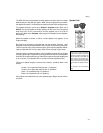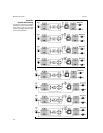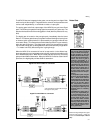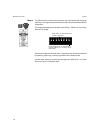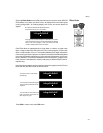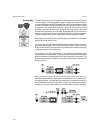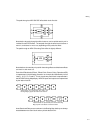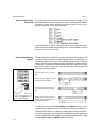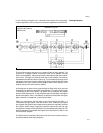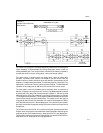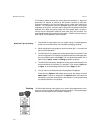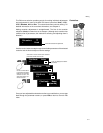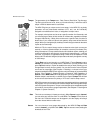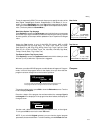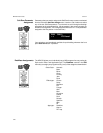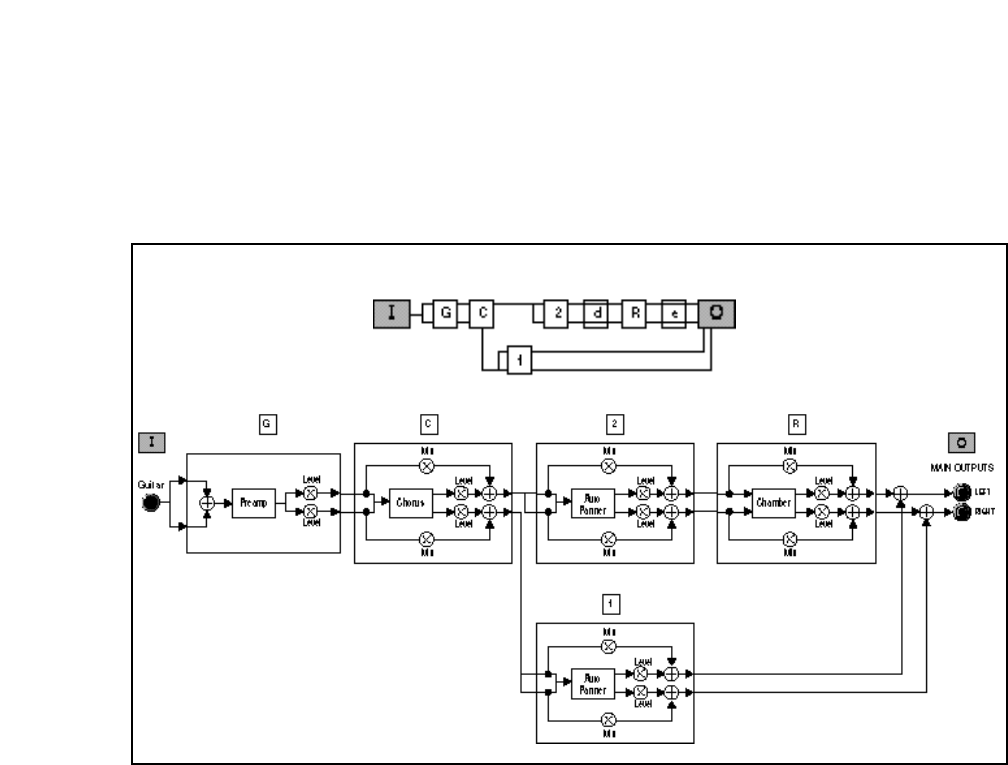
3-13
Editing
In the following examples we’ve selected three presets that demonstrate
creative applications of the routing and connection capabilities of the MPX G2.
Cordovox Routing Map
Routing Examples
Example 1:
Program 198 Cordovox
(Stand Alone)
This program produces the sound of a vintage Cordovox rotary speaker. The
Cordovox is a speaker cabinet containing a fixed 8-inch speaker mounted
behind a rotating baffle. It projects sound out of the sides and top of the cabinet,
not the front. The baffle can rotate at either fast or slow speeds. The transition
time between the different rates is quite long. The characteristic swirling sound
it produces is the result of doppler and panning effects combined with the limited
bandwidth of the small, easy-to-distort speaker and the tone qualities of the
amplifier used to drive the Cordovox cabinet.
In this program, the guitar is first routed through the Gain block, which uses the
Preamp to mimic the amp and speaker characteristics. The output of the Preamp
is connected to the Chorus block. The Stereo Chorus produces the doppler
portions of the overall sound. The Chorus block option is set to Split, creating two
parallel audio paths. Effect 1 and Effect 2 are placed on these lower and upper
paths, and each is loaded with an Auto Panner effect.
Effect 2 is connected to the left output of the Chorus block and Effect 1 is
connected to the right output. Each Auto Panner “sees” a different input signal
and, together they produce the complex panning dynamics required to simulate
the complex stereo image created by miking the cabinet with left and right
microphones. The stereo output of Effect 2 is connected to the Reverb block. The
Reverb outputs are summed with the outputs of the Auto Panner in Effect 1 and
sent to the Main Outputs.
The A/B controller is patched to the Chorus and Auto Panner rates to allow you
to choose between slow and fast speeds.



